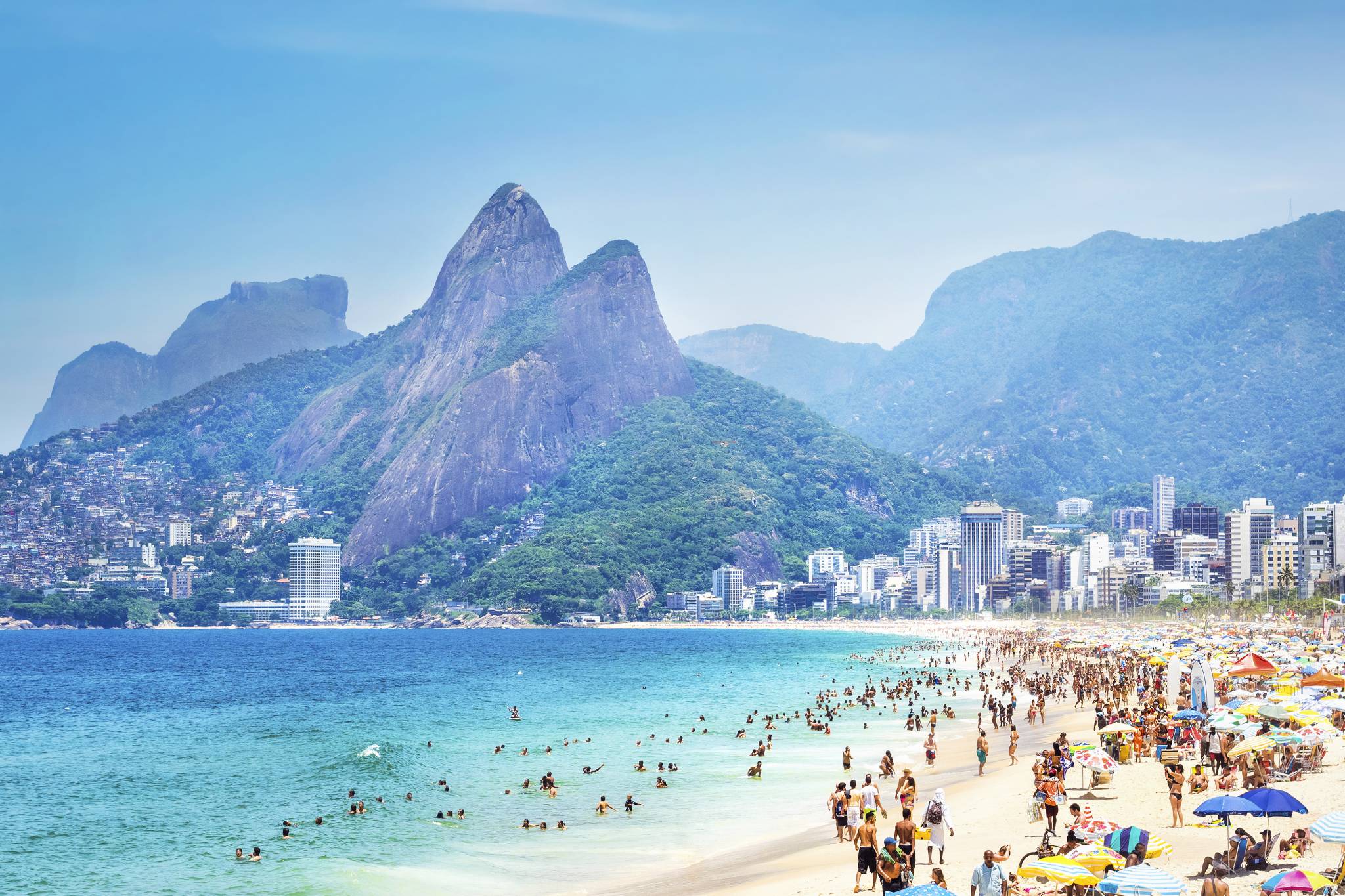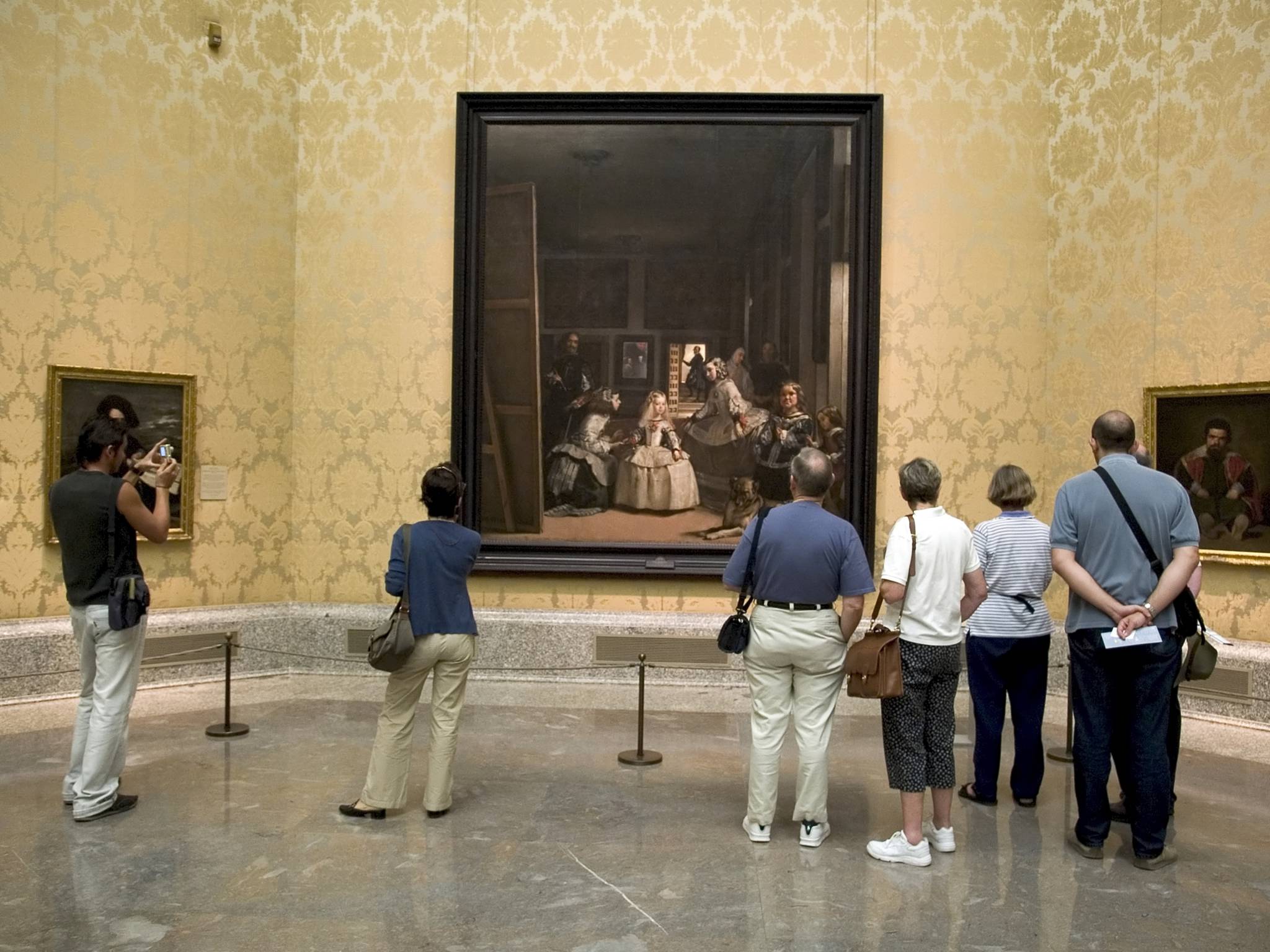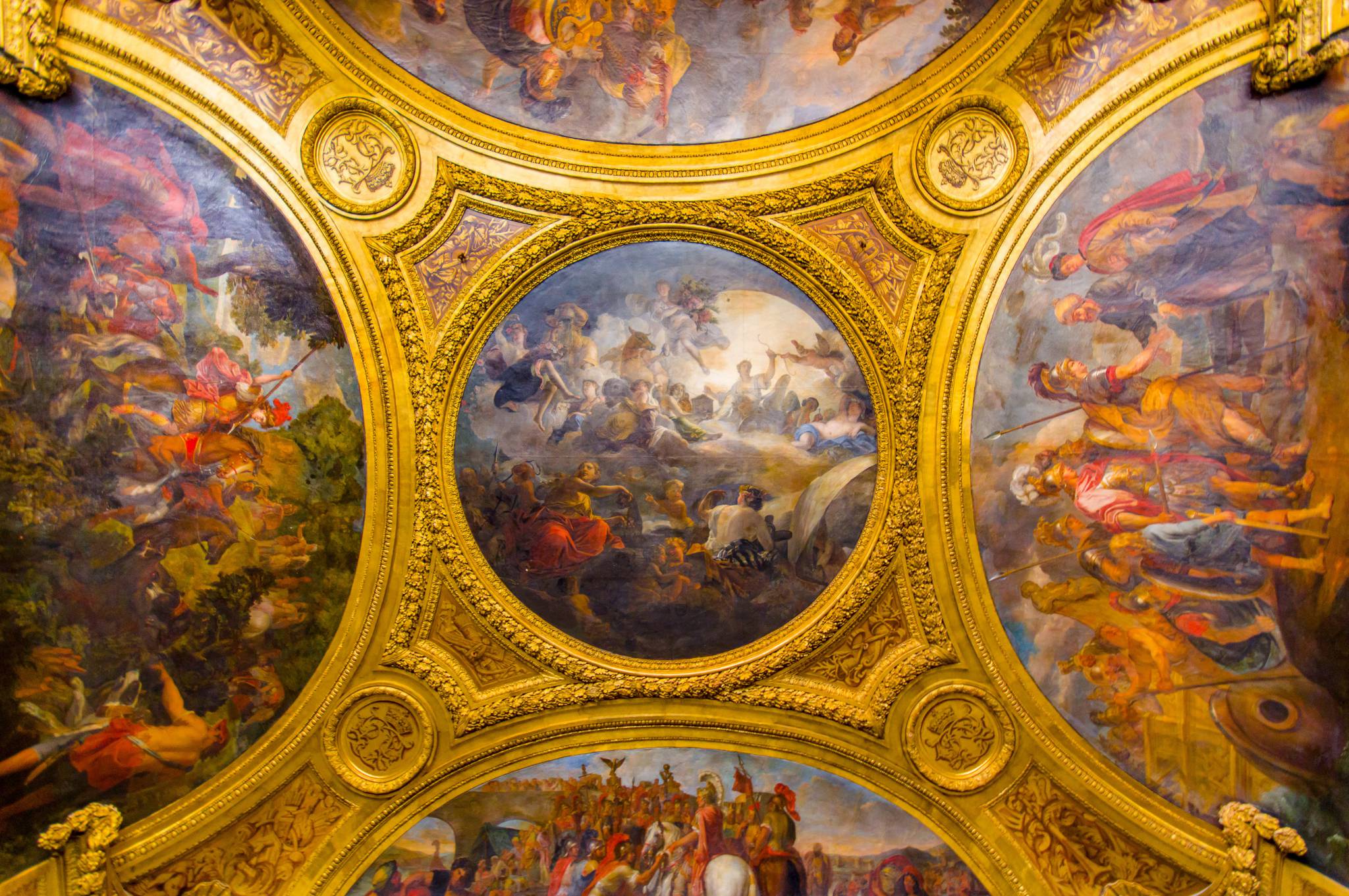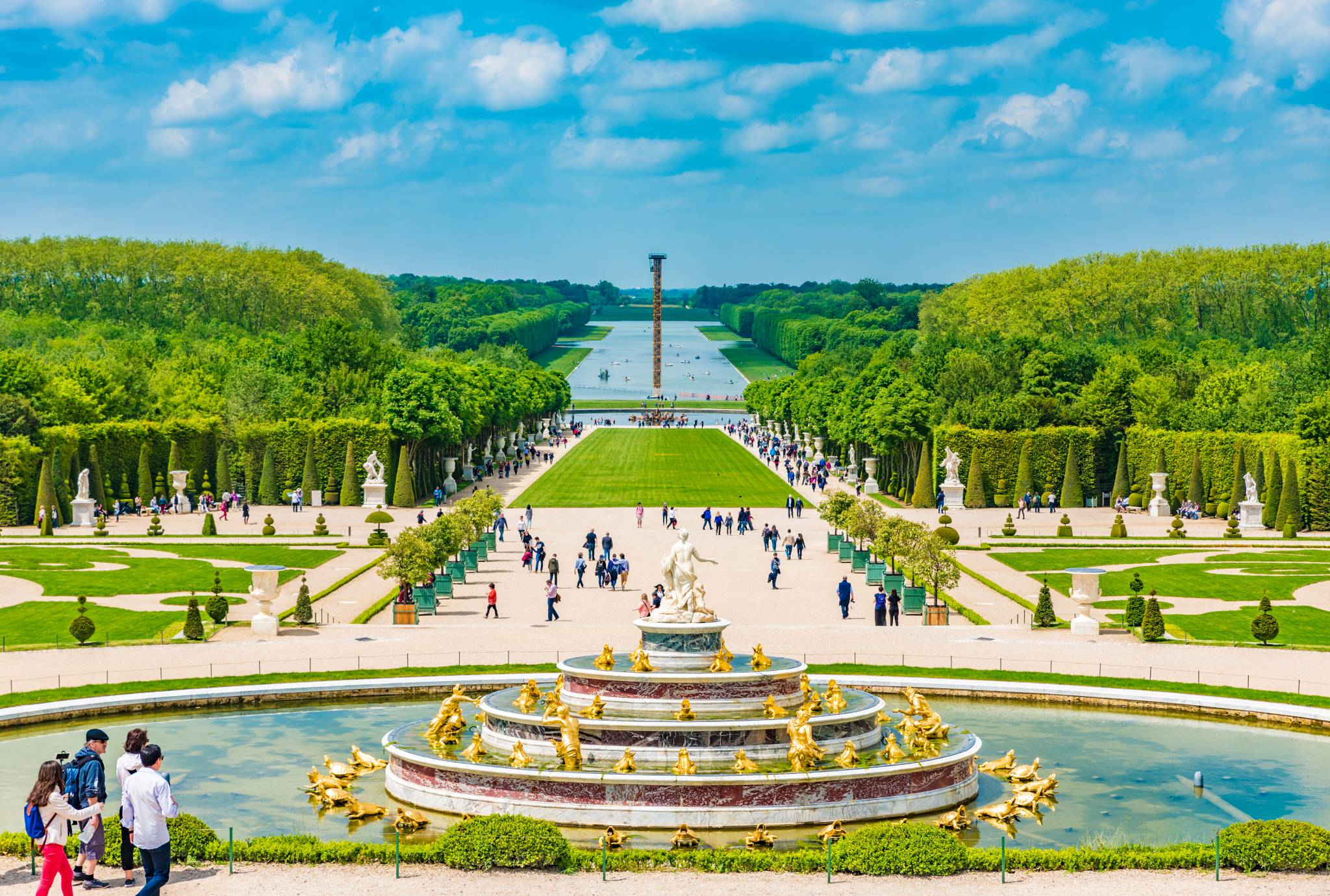Playa del Carmen's popularity is growing more and more each year. It now ranks as the third-largest city in Quintana Roo and competes with Tulum as one of the Riviera's rendiest cities. The town is ideally located: close to Cancún’s international airport, but far enough south to allow easy access to Cozumel, Tulum, Cobá and other worthy destinations. So If you're looking for your next tropical destination download the Playa del Carmen Travel Guide and Offline Map now!
1. Cenote Diving
What’s a cenote you ask? It’s an underground cave filled with fresh water. The Yucatan has tons of them—sinkholes that open up into underground rivers with the clearest water you’ve ever seen. If you have your PADI license, you can go scuba diving in these caves with a guide. Because there’s daylight near the entrance a more technical cave diving license isn’t required. Not a diver? No problem. You can also go snorkeling at most cenotes.
2. Visit Mayan Ruins
The ancient Mayan ruins of Tulum are located South of Playa del Carmen in the town of Tulum. A must-visit if you’re in the area.
Tulum was once a small but important port city for the Mayans. Along with impressive structures on the edge of a cliff, it has a beach below where you can swim too. Because Tulum is so popular, it can be crowded unless you arrive early in the morning. Coba is another Mayan site near Playa del Carmen which sees less visitors. You can still climb the pyramid there too.
3. Swim With Sea Turtles
Who doesn’t want to swim with sea turtles? I’ve always wanted to, that’s for sure. I got my chance at Akumal beach, 30 minutes South of Playa del Carmen. The shallow blue-green water here is home to Green, Hawksbill and Loggerhead sea turtles that you can swim with.
Learn more about other destinations that offer unique experiences by checking out eTips.

































